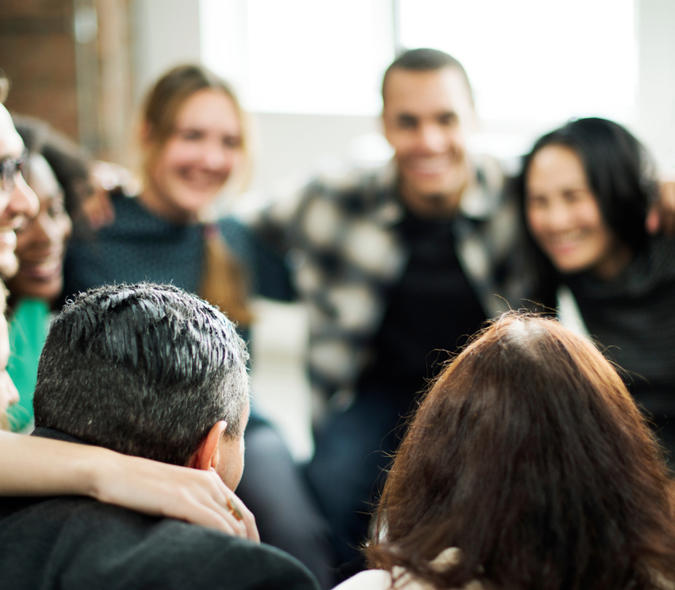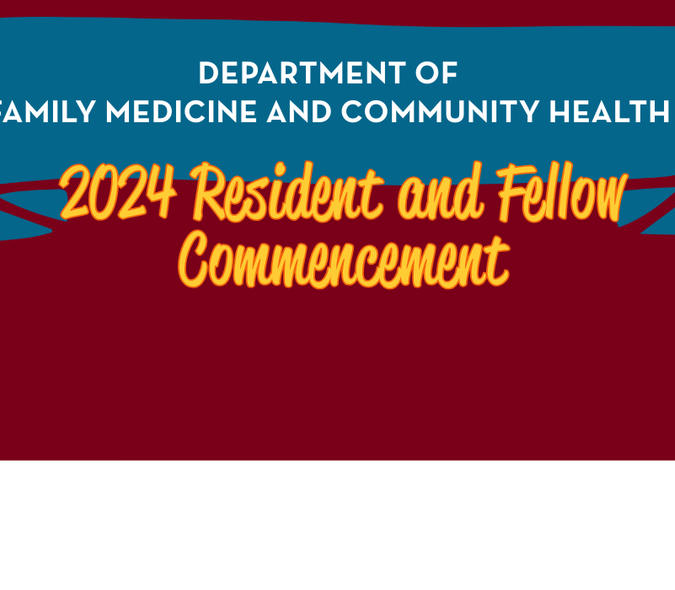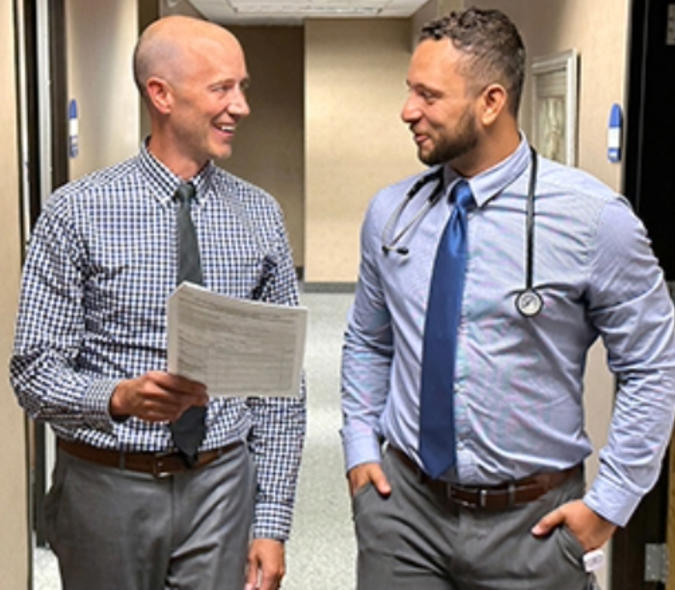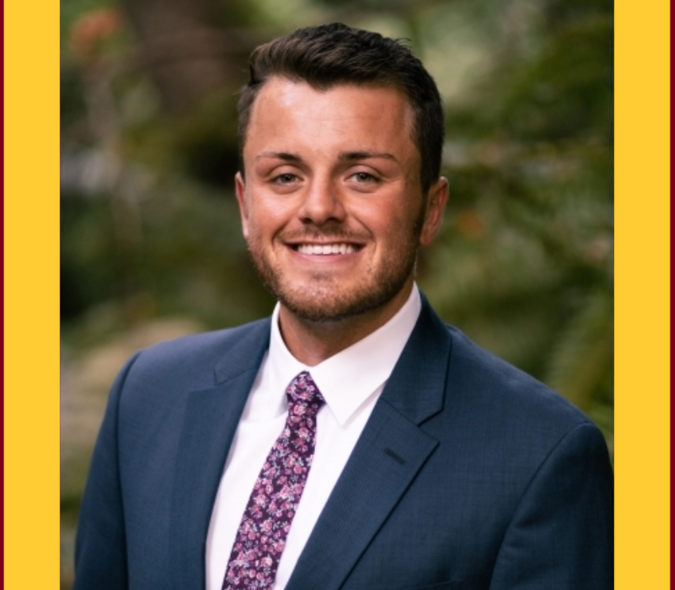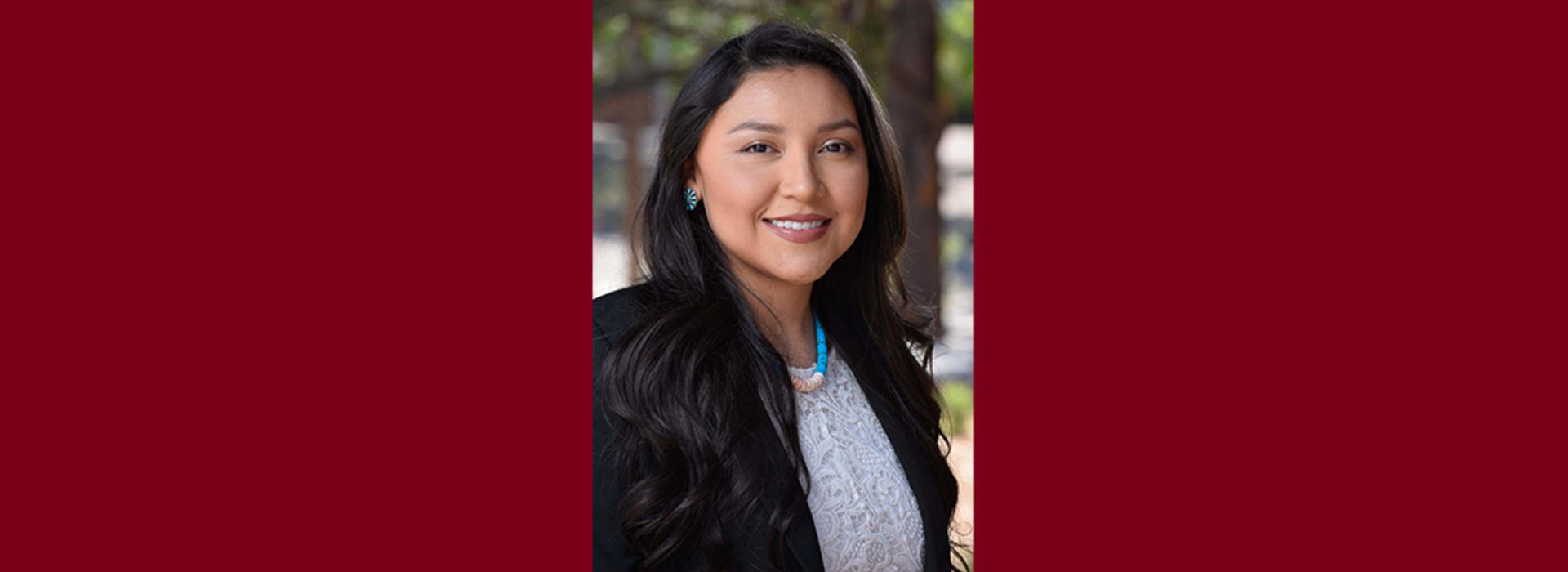
Recognizing Native American Heritage Month: An Essay by Leslie Neher, MD
The following is an article by Leslie Neher, MD, (St. John's Hospital Family Medicine Residency Program, PGY2). We are honored to publish her words as we recognize and celebrate Native American Heritage Month.
Yá' át' ééh (Hello), Shí éí Leslie Neher yinishyé (I am called Leslie Neher). Ma'iideeshgiizhinii nishłį, Kinłichíi'nii báshíshchíín, Tódích'íí'nii dashicheii, Tłízíłání dashinalí. (I am Coyote Pass clan, born for the Red House clan. My maternal grandfather is Bitterwater clan, and my paternal grandfather is Many Goats clan). In Diné culture, our clans identify who we are and how we are related to one another, our K'é (family). I am from the Diné (Navajo) Nation, one of 574 federally recognized tribes in the US. November is Native American Heritage Month, a month to celebrate the different cultures and traditions that encompass the first peoples of this country. Though each tribe has their own cultures and traditions, we all have a shared lived experience as the original peoples of this land.
Indigenous people have been on this land since time immemorial, yet we experience some of the greatest health and social disparities in the country. These disparities are rooted in historical and generational trauma stemming from genocide, assimilation, and intentional destruction of culture and traditions. Poignant examples of this trauma currently manifesting in Native country include some of the highest rates of COVID-19 infections on the Navajo Nation being managed by a healthcare system at critical capacity that already struggles to meet the healthcare needs of its patients compounded with lack of running water, electricity, and limited healthy food options in many areas, as well as the Missing and Murdered Indigenous Women epidemic.
As Native people, we grapple with this idea of walking in two worlds, in the Traditional realm and the Western realm. The legacy of colonization views these worlds as dichotomous; analogous in medicine as healer versus physician. These worlds were once thought of as opposed to one another with an inability to reconcile the two in any meaningful way; one has to be one or the other depending on the setting and audience. This dichotomy has hurt the health of Native people due to an absence of honoring culture and traditions as a legitimate part of the care team.
Fortunately, through the resilience of our ancestors, our K'é, our cultures are alive and are actively being revitalized. We have reframed what it means to be a physician in Native country, where we will not accept that our culture does not have a place on the care team because we know it is vital to the health of our patients. In medicine, we have seen that patients receive better care from healthcare workers who look and think like them, who share their culture. As Indigenous people in medicine, we are both healer and physician and are working every day to reconcile our two worlds.
